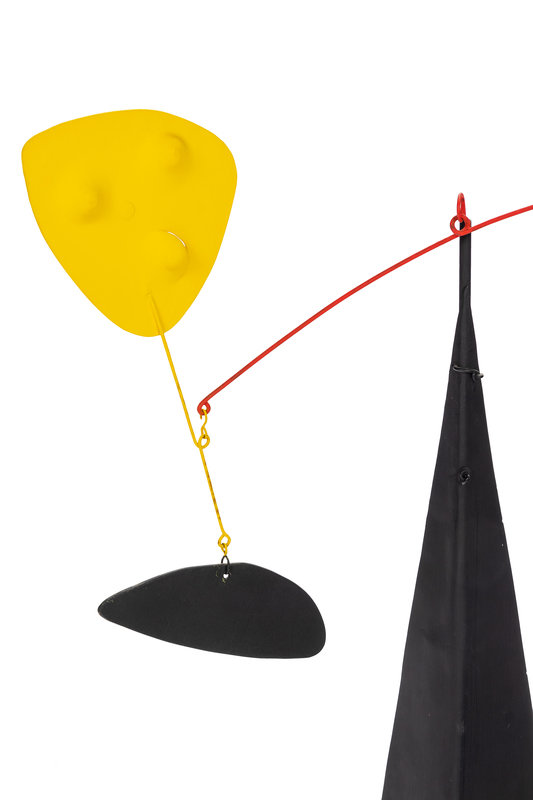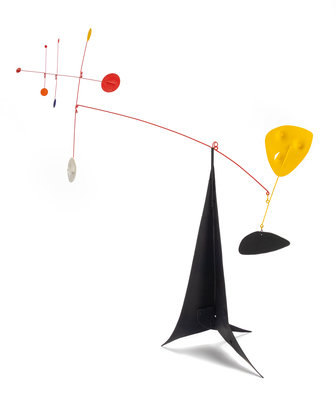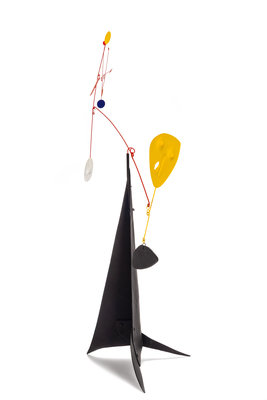Condition Report
Contact Information
Auction Specialist
Lot 63
Alexander Calder
(American, 1898-1976)
Triple Cross
, 1947
Sale 789 - Post War and Contemporary Art
Oct 1, 2020
10:00AM CT
Live / Chicago
Own a similar item?
Estimate
$600,000 -
800,000
Price Realized
$1,872,500
Sold prices are inclusive of Buyer’s Premium
Lot Description
Alexander Calder
31 1/2 x 37 x 11 3/4 inches.
Property from the Estate of Joan Conway Crancer, St. Louis, Missouri
(American, 1898-1976)
Triple Cross
, 1947sheet metal, wire and paint
31 1/2 x 37 x 11 3/4 inches.
Property from the Estate of Joan Conway Crancer, St. Louis, Missouri



































